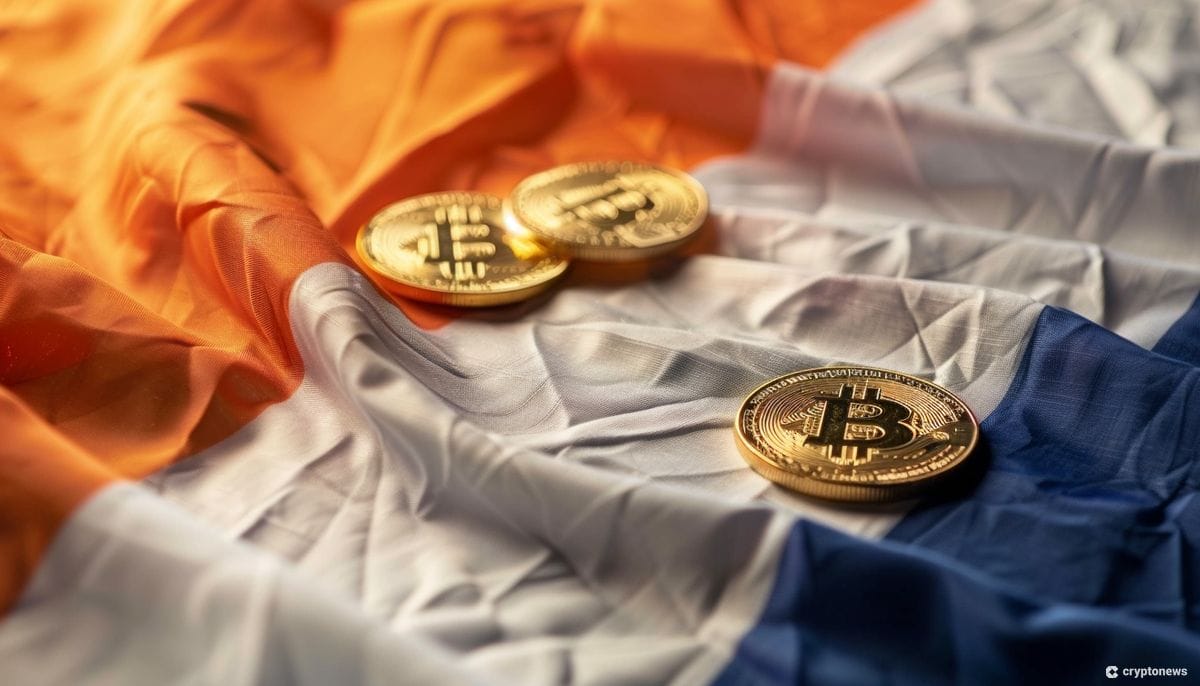How to Spot and Combat Political Deepfakes in the 2024 Election
As the 2024 Presidential Elections Approach, the Emergence of AI-Generated Deepfakes Presents a Challenge for Voters. Educate Yourself on Identifying Deepfakes and Dealing with Misinformation before Super Tuesday.Can voters detect AI deepfakes before the 2024 presidential elections?
The United States is preparing for another major election cycle in 2024, but this time around, there’s a new challenge that voters need to address: political deepfakes. These AI-generated manipulations require citizens to acquire new skills in order to distinguish between what is real and what is fake. Senate Intelligence Committee Chair Mark Warner has expressed concerns, stating that America is “less prepared” for election fraud in 2024 compared to the previous election in 2020.
The rise of AI-generated deepfakes in the U.S. over the past year has contributed to this lack of preparedness. According to data from SumSub, North America has seen a staggering 1,740% increase in deepfakes, with the number of deepfakes detected worldwide in 2023 increasing 10 times. Clearly, this is a significant issue that needs to be addressed.
One notable incident occurred in New Hampshire, where citizens reported receiving robocalls with the voice of U.S. President Joe Biden, urging them not to vote in the state primary. This prompted regulators to swiftly ban AI-generated voices in automated phone scams, making them illegal under U.S. telemarketing laws. However, scammers always find a way to circumvent the rules.
As the U.S. approaches Super Tuesday on March 5, when several states hold primary elections and caucuses, the concern over false AI-generated information and deepfakes is at an all-time high. So, how can voters prepare themselves to spot deepfakes and handle situations of deepfake identity fraud?
- Five US Senators Introduce Legislation to Fight Digital Dollar
- Indian Government Requires Approval for AI Tools: What You Need to Know
- SEC Commissioner Hester Peirce Criticizes Agency’s Approach to Cryptocurrencies and Calls for Clear Rules
To gain some insights, Blocking.net spoke with Pavel Goldman Kalaydin, the head of AI and machine learning at SumSub. Let’s delve into the topic and explore how we can combat this growing issue.
How to Spot a Deepfake
According to Kalaydin, there are two types of deepfakes to be aware of: those produced by “tech-savvy teams” using advanced technology and hardware, which are harder to detect, and those created by “lower-level fraudsters” who use commonly available consumer tools. Vigilance is key, and voters need to scrutinize the content in their feeds, remaining cautious of video or audio content.
Kalaydin suggests prioritizing the verification of information sources and differentiating between trusted, reliable media and content from unknown users. There are several telltale signs to look out for in deepfakes:
- Unnatural hand or lips movement
- Artificial background
- Uneven movement or changes in lighting
- Differences in skin tones
- Unusual blinking patterns
- Poor synchronization of lip movements with speech
- Digital artifacts
If any of these features are detected, it’s highly likely that the content you’re watching is generated by AI and is, therefore, a deepfake. However, Kalaydin warns that the technology behind deepfakes is advancing rapidly, making it increasingly difficult for the human eye to detect them without dedicated detection technologies.
The Root of the Problem and Potential Solutions
Kalaydin emphasized that the real problem lies in the generation and distribution of deepfakes. The accessibility of AI technology has facilitated the creation of face swap applications and the manipulation of content to construct false narratives. Moreover, the lack of clear legal regulations and policies surrounding deepfakes has made it easier to spread misinformation online. This leaves voters ill-informed and increases the risk of making uninformed decisions.
To tackle this issue, Kalaydin proposes two potential solutions. First, he suggests that platforms need to implement mandatory checks for AI or deepfaked content on social media. By leveraging deepfake and visual detection technologies, platforms can guarantee the authenticity of content, protecting users from misinformation.
Second, Kalaydin recommends employing user verification on platforms, where verified users would be responsible for the authenticity of visual content, while non-verified users would be distinctly marked, cautioning others to exercise skepticism when trusting their content.
Future Outlook and Strategies
The rise of political deepfakes poses a significant threat to democratic processes around the world. As governments grapple with this issue, measures are being considered to combat the spread of deepfakes. India, for instance, has released an advisory to local tech firms, requiring approval before releasing unreliable AI tools for public use ahead of their 2024 elections. In Europe, the European Commission has created AI misinformation guidelines for platforms operating in the region, and Meta, the parent company of Facebook and Instagram, has released its own strategy for the European Union to combat the misuse of generative AI in content on its platforms.
As technology continues to evolve, it’s crucial for voters to stay informed and adapt to the challenges posed by deepfakes. By being vigilant, verifying sources, and advocating for robust systems to detect and combat deepfakes, citizens can protect the integrity of elections and make informed decisions.
Investing in AI-powered detection technologies and collaborating with experts in the field will be key for governments, social media platforms, and the public to counter the threat of deepfakes effectively. The battle against political deepfakes requires a multifaceted approach, combining technology, education, and regulation.
Q&A: Addressing Additional Concerns
Q: Can deepfakes impact the outcome of an election?
A: While deepfakes have the potential to influence public opinion, it’s important to note that they are not the sole determinant of election outcomes. They can contribute to the spread of misinformation and manipulate narratives, but ultimately, it is up to voters to critically assess the information presented to them.
Q: What are the long-term risks of deepfakes?
A: Deepfakes pose significant risks, not just in the realm of elections but in various sectors such as finance, business, and personal relationships. The manipulation of audio and video content can have severe consequences, including reputational damage, financial losses, and the erosion of trust in digital media.
Q: How can individuals protect themselves from falling prey to deepfake scams?
A: It is essential to develop media literacy skills and stay informed about the latest advancements in AI technologies. Be skeptical of information from unknown sources and verify information through reliable and trusted channels. Additionally, supporting initiatives that promote media literacy and AI detection technologies can contribute to a safer digital environment.
Conclusion: Navigating the Deepfake Landscape
The rise of political deepfakes calls for heightened vigilance and adaptability from voters. By understanding the signs of deepfake manipulation and advocating for robust detection technologies and social media regulations, citizens can play an active role in safeguarding the integrity of the democratic process.
As technology continues to evolve, it is essential for society to keep pace with these advancements. Governments, social media platforms, professionals in the AI field, and individuals must work together to develop strategies and invest in innovative solutions that mitigate the risks posed by deepfakes.
So, as we gear up for the 2024 election, let us equip ourselves with the knowledge and tools to navigate the deepfake landscape and ensure that our voices are not drowned out by artificial manipulations. Remember to stay vigilant, verify sources, and share this article to spread awareness about the growing threat of political deepfakes.
🔍 Check out these related articles to learn more:
✨ Share this article on social media and encourage others to join the fight against deepfake manipulation! Together, we can protect the integrity of our democratic processes. 💪💙
We will continue to update Blocking; if you have any questions or suggestions, please contact us!
Was this article helpful?
93 out of 132 found this helpful
Related articles
- United States Energy Officials and Texas Blockchain Council Reach Agreement to Halt Emergency Survey
- WSJ Accused of Defamation for 2023 Tether-Bitfinex Article
- Stablecoin Regulation: BIS Offers Recommendations for Global Stablecoin Arrangements
- State Attorneys General accuse SEC of exceeding its authority in Kraken lawsuit.
- United States Congress Moves to Overturn SEC Guideline on Crypto Custody
- SEC Commissioner Acknowledges Crypto Industry’s Legal Challenges
- South Korea’s ruling party postpones plan to relax crypto regulations.






